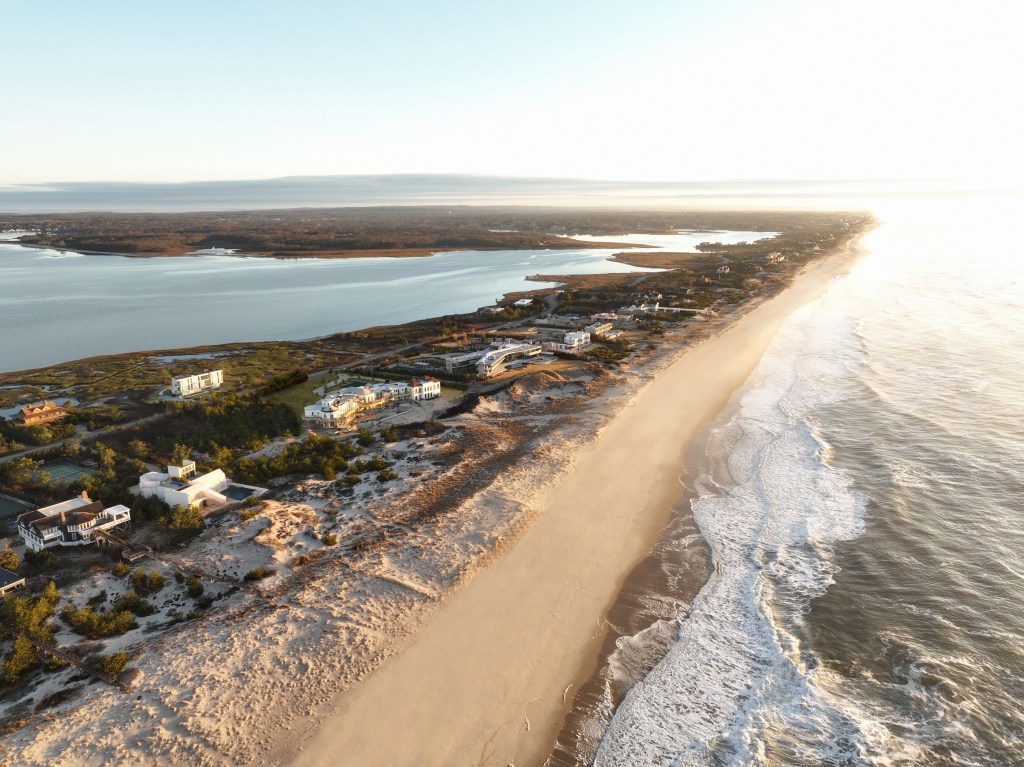Acquaint Yourself with Stony Brook University

As back-to-schoolers are heading out, it’s interesting to remember the history of our own Stony Brook University (SBU), one of America’s most dynamic public universities. SBU is a center of academic excellence and an essential part of the region’s economy. So how did this great establishment come to be?
Stony Brook University, which was originally called The State University College of Long Island at Oyster Bay, was established in 1957 as a college for the preparation of secondary school teachers of mathematics and science. It was initially housed at a former Gold Coast estate in Oyster Bay.
The establishment of the Stony Brook campus began in 1959, when the State University of New York embarked on a $150 million building program on 480 acres of woodlands in Stony Brook. The land, near the historic village of Stony Brook, was donated by local philanthropist Ward Melville. The construction coincided with the issuance of the Heald Report, a study of New York State’s higher education programs commissioned by Governor Nelson A. Rockefeller. This report recommended that a major university center be established on Long Island to “stand with the finest in the country.” On April 8, 1960, Governor Rockefeller, Ward Melville and Frank C. Moore, chairman of the SUNY Board of Trustees, turned the first spades of dirt at the formal groundbreaking ceremonies in Stony Brook. The new campus was designated a university center on June 6, 1960 and subsequently renamed the State University of New York (SUNY), Long Island Center.
Dr. John Francis Lee was appointed as the University’s first president on January 1, 1961. His mandate from SUNY was to convert the Long Island Center from a science and engineering college to a full-scale university, complete with liberal arts and sciences programs and a graduate school. Although these edicts were fulfilled, Dr. Lee resigned in November 1961 due to controversy over bureaucratic and organizational matters. SUNY President Dr. Thomas H. Hamilton was subsequently appointed as Acting Administrative Head of the University.
In 1962, the new campus was complete. Part of the State University of New York system, the University has grown tremendously since then and is now recognized as one of the nation’s important centers of learning and scholarship.

Photo credit: Courtesy SBU


Photo credit: Courtesy SBU
Along with Stony Brook Medicine (consisting of the schools of Dental Medicine, Health Technology and Management, Medicine, Nursing and Social Welfare as well as the hospital), Stony Brook University administers Stony Brook Manhattan, a Research and Development Park and four business incubators including one at Calverton, New York, as well as the Stony Brook Southampton campus on Long Island’s East End. Stony Brook also co-manages Brookhaven National Laboratory.
Nobel laureates, Guggenheim fellows and MacArthur grant winners teach on the campus, making the academic atmosphere extremely desirable for outstanding students. U.S. News & World Report ranks Stony Brook among the top 100 universities in the nation, and the Times Higher Education World University Rankings places it in the top 1% of universities in the world. A member of the elite Association of American Universities, Stony Brook is one of the 62 top research institutions in North America. SBU’s faculty is made up of leaders in significant national and worldwide projects. Some of these projects include uncovering the causes of lobster mortality in Long Island Sound, searching for the origins of man in Kenya’s Turkana Basin, and managing the national parks of Madagascar. They also have made significant contributions to National Aeronautics and Space Administration (NASA) initiatives, such as examining Martian minerals for evidence of life.
The Stony Brook campus opened on Sunday, September 16, 1962, with 780 students registered in its programs. Today, there are over 24,000 students enrolled at the University during fall terms (approximately 20,600 at the West Campus and 3,400 at the East Campus, or Health Sciences Center; and 200 are enrolled at Southampton). More than 28,000 students register over the course of an entire calendar year, from over 100 countries.




